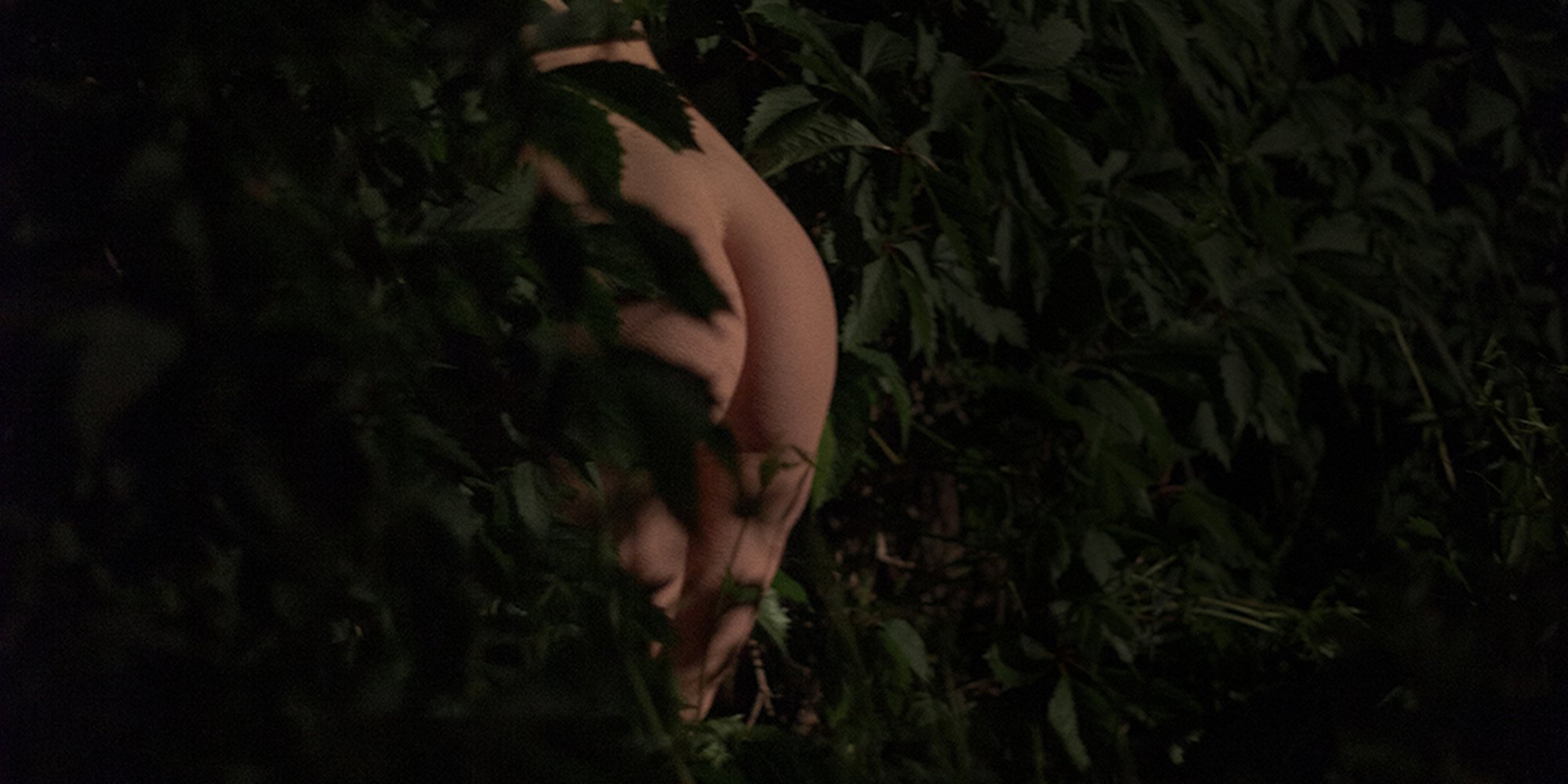We know it’s all too easy to confuse nude art with photographs from a restricted section, but trust us, there is a difference.
Unsurprisingly, nude art is the subject of much controversy in the art world. Indeed, the art vs. porn argument is a topic that rears its head often at Artfinder HQ, so we thought that it was time to settle the debate. Just like us humans, art history started its life in the nude. Therefore, before we can establish the line between art and porn, it’s important to explore the history behind the nude.
First things first, what’s a nude?
A nude must be defined as a person who’s not wearing clothes, right? Well, not exactly. In simple terms, the historical definition of a nude is a figure from the Western art tradition, which is used to show male and female beauty ideals. While a thesaurus may tell you otherwise, when it comes to art, a nude figure is not the same as a naked figure. Bare with us on this one.
The art historian, Kenneth Clark, famously distinguished the difference between the two, stating that a nude is an idealised body that looks comfortable unclothed, while the naked body is one that’s exposed and looks deprived of clothing. Think about the story of Adam and Eve; the two strutted their stuff until Eve ate that pesky apple. Once aware of their lack of clothing, the pair felt overwhelmingly ashamed. They were naked, not nude.
And, of course, the nude can exist in the male or female form. However, male and female nudes have held different roles throughout the course of art history.
The historic nude
The first female nude also happens to be the first recorded sculpture in history, circa 28,000–25,000 BCE. Titled ‘Venus of Willendorf’, this curvy little lady is thought to be a fertility deity much like other female nudes of the time, and particularly those of ancient Greece. The Greeks sculpted nudes of fertility goddesses — such as Aphrodite — in idealised and perfect form. In summation, a lot of unrealistic expectations were set for the women of the time.
The first male nude appeared in ancient Greece, at a time when athletes held a high place in society and were considered gods themselves. As male athletes competed in the nude, Greeks came to associate the nude with ideas of triumph and glory. This can be seen through the sculptures of the time, arguably the most famous being the discus thrower, ‘Discobolos’.
When did things start to change?
The nude saw a comeback following the rise of Christianity. You may know this period as the Renaissance, which revived the cultures of Greece and Rome. From this point forward, the nude was back and here to stay.
The male nude continued the Greek theme of bodily perfection, as well as exploring an interest in human anatomy; Michelangelo’s ‘David’ being the best example of both. But while women were essentially forbidden to create art back then, the male nude became overshadowed by the female, which explains the significant lack of male nude imagery from this time onward.
As the male nude began to fade into the background, the female nude started to dominate the art world. Beginning in the Renaissance, the female nude was depicted with an emphasis on seduction and not so much perfection. This particular idea was carried throughout art practices, and particularly during the late 19th century. In modern society, the nude was no longer a figure unique to Greek mythology or ancient stories.
The switch to creating seductive female nudes heralded the term, ‘male gaze’: the idea that female nudes were created by men, for the enjoyment of men. Perhaps the most famous examples are Edouard Manet’s, ‘Le Déjeuner sur l’herbe’ and Gustave Courbet’s, ‘Woman with a Parrot’. These artwork are both highly provocative female nudes, who are thought to be sex workers.
The nude today
The tendency to sexualise female nudes and practically disregard the male nude continued throughout the 20th century, as seen through artworks created by Picasso and sculptor Auguste Rodin, however, things did begin to change by the late 1900s.
In 1970, painter Lucian Freud approached the nude in a new way, throwing away the ideas of idealisation and sexualisation by painting the male and female body in its natural state. This approach influenced artists across the world, such as British painter, Jenny Saville.
Contemporary artists have helped remove the sexualisation of the female nude and have reintroduced the male nude back into art history. Removing the male gaze opened up discussions and critique of those artists who paint women that represent unrealistic beauty ideals.
While nude art was inspired by idealised human forms and oversexualised women, moving into the 21st century, artists who create nude art seem to have turned their back on their predecessors.
Today, we have artists like Freud and Saville who depict the nude without the photoshopping eyes of the Greeks or the provocative thoughts of the Modernists. However, we also have the Feminist Art Movement which has taken the traditional nude and adapted it to match their own agenda.
Feminist artists use the exploited nude as a way to celebrate the body, but also as a means to critique the way nudes were used in the past. The best example of this is Sylvia Sleigh’s, 'Paul Rosano Reclining’, which depicts a male nude reclining in the same way female nudes were once depicted. This particular artwork turns the tables and places the male nude as the subject of the female gaze. Girl power.
Uncover more nudes
Cover image via Inna Mosina


